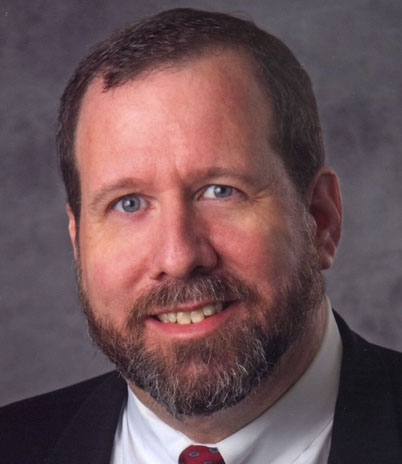|
Jeffrey G. 'Jeff' Gomberg Signal Mountain, TN QCWA # 37734 Chapter 228 |
 First Call: WN6FWW in 1970 |
Silent Key info from Matthew N4DLA QCWA Chapter 228
I received my Novice ticket in 1971 and operated from my high school's ham shack until I built my own Heathkit HW-16 crystal controlled CW Transceiver and used it to drive a Hustler 4BTV vertical that I had ground mounted between the swimming pool and our house. Laugh if you must but I managed to work a lot of contacts in Japan, Mexico, Canada, and of course most of the 50 states on that antenna.
Sometime around 1973 I upgraded my license to Technician and like most every other tech upgrade that I knew got seduced to the dark (VHF/UHF) side of ham radio becoming yet another appliance operator. In those days, you had to pass the General Class theory but only copy 5 wpm of the 13 wpm General Class requirement to make Technician.
I was fortunate to have met a number of very talented RF and electronics professionals during those days who I largely attribute to motivating me to study electronics and computer engineering in college.
Ham radio was fun in those days. There were no cell phones. We were doing 'leading edge' project work converting cumbersome "state of the art" Motorola and GE mobile rigs into mobile ham and repeater use. We retrofitted touch tone encoders, keypads, and NE555 PL tone encoders in and on to our handy-talkies so we could phone patch and cross link to friends repeaters. There were no multiband Japanese wonder boxes that would slice, dice, and make Julianne fries.
Analog, then digital cell phones and the Internet did a pretty effective job of kicking the wind out of my interest in RF for many years. The FCC diluted the requirements for people to get licensed to appease the radio manufacturers who were losing share in the hobby radio markets. By lowering the bar, the hobby started to attract a new "special" breed of appliance operators, most of whom couldn't tell the difference between a transistor and a turnip.
But that wasn't enough. Various special interests lobbied the FCC to drop the morse code requirements for each license class then published all of the answers to the proficiency tests that the old timers worked their asses off to learn and further diluted the pool competent operators. "How bout it skip-land?"
Needless to say the allure of HF/VHF/UHF was lost on me with the exception of CW DX, public service, and the challenge of pushing the technical envelope.
Recently I took a long sabbatical from work and found myself talking with an old friend (and amateur radio equipment dealer) about the technical merits of digital radio and the systematic evolution of both analog and digital repeater networking using the Internet as the link transport. My interest peaked and I walked away with an IC-92AD and a couple of computer "dongles" to explore the evolving D-Star network. It's interesting stuff with significant potential.
In reflecting on that conversation it hit me like a ton of bricks that I have been a ham for almost four decades and am becoming one of those "old timers" whom, in my youth, I visualized as being old as dirt. I think it's high time I get my Extra Class ticket and my code speed up to 40 wpm. There is no point of being old as dirt unless you have some thing to show for it.
My station consists of an ICOM IC-7000 transceiver to use as a portable station when I commute between the coasts. I have a fully loaded Elecraft K3 in the order queue for the permanent station. I am running a Comet CHA250B vertical about 30 feet above dirt and just installed an ICOM AH-710 folded dipole which is sloped at about 18 degrees from vertical. Not ideal but good enough to work a station in Ontario Canada from Chattanooga Tennessee on the first try. I also have a SteppIR vertical dipole enroute which I intend to deploy as soon as I can design an adequte counterpoise for it. I expect it will eventually replace the CHA250B.
When in Chattanooga, I can usually be found monitoring the W4PL D-Star repeated on either Module B (443.150 Mhz), Module C (145.920 Mhz), or on a Dongle. In southern California, I usually listen to the CLARA repeater on 145.22 Mhz, the BARC repeater on 146.925 Mhz, and am looking for a D-Star home there.